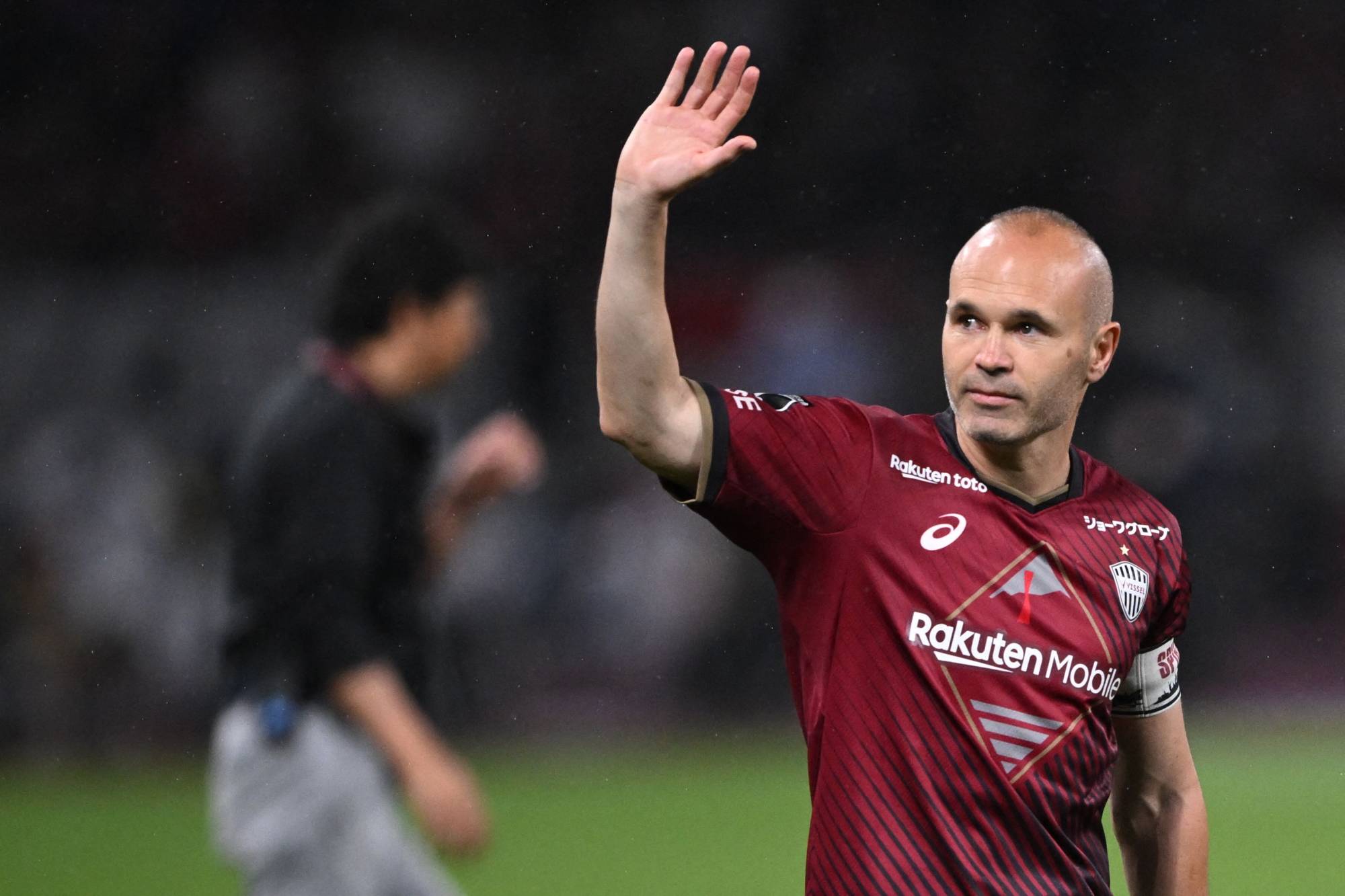Andres Iniesta is not retiring.
It’s a fact that seemed to have been lost somewhere under the rain-drenched lights at Japan’s National Stadium on Tuesday night, where the Spanish legend’s Vissel Kobe faced his former club, reigning La Liga champion Barcelona, in a hastily arranged friendly intended to give the 39-year-old one last chance to play in front of a Tokyo crowd.
A combination of injuries and club-excused absences may have kept the 2010 World Cup champion out of 14 Kanto-area games over his five years in Japan, plus two this season in which he simply didn’t come off the bench.
















With your current subscription plan you can comment on stories. However, before writing your first comment, please create a display name in the Profile section of your subscriber account page.